Author: Matt Del Fiacco
I’ve primarily utilized dry yeast as a back-up when I don’t have the time to make a starter or something goes wrong. As such, my yeast fridge is regularly stocked with several packets of both Safale US-05 and Saflager W-34/70 to cover my typical range of styles. I recently found myself in possession of a packet of a seemingly novel Fermentis yeast called Safale K-97 German Ale, the “K” presumably indicating its use for Kölsch. I couldn’t find much information about K-97 outside of the manufacturer’s description of it as a fairly clean fermenter that’s perhaps a bit more expressive and lends slightly more ester character than the popular US-05. With limited user reviews, I was naturally curious and in the interest of adding another yeast to my repertoire or even finding a more interesting US-05 replacement, I decided to compare this novel yeast strain to the popular Safale US-05!
| PURPOSE |
To evaluate the differences between two beers fermented with either Safale US-05 American Ale yeast or Safale K-97 German Ale yeast.
| METHODS |
I wanted to brew something clean with moderately low bitterness to let the yeast express itself and settled on a moderately hopped Pale Ale recipe.
Handshake-Schmändshake Pale Ale
Recipe Details
| Batch Size | Boil Time | IBU | SRM | Est. OG | Est. FG | ABV |
|---|---|---|---|---|---|---|
| 5.5 gal | 60 min | 34.9 IBUs | 3.7 SRM | 1.050 | 1.012 | 5.0 % |
| Actuals | 1.05 | 1.014 | 4.7 % | |||
Fermentables
| Name | Amount | % |
|---|---|---|
| Canadian 2-Row (Canada Malting) | 10 lbs | 93.02 |
| Vienna Malt (Weyermann) | 12 oz | 6.98 |
Hops
| Name | Amount | Time | Use | Form | Alpha % |
|---|---|---|---|---|---|
| Bru-1 | 8 g | 60 min | Boil | Pellet | 15 |
| Bru-1 | 8 g | 25 min | Boil | Pellet | 15 |
| Bru-1 | 28 g | 5 min | Boil | Pellet | 15 |
| Bru-1 | 36 g | 3 days | Dry Hop | Pellet | 15 |
Yeast
| Name | Lab | Attenuation | Temperature |
|---|---|---|---|
| Safale American (US-05) | DCL/Fermentis | 77% | 59°F - 75°F |
Notes
| Water Profile: Ca 80 | Mg 2 | Na 10 | SO4 125 | Cl 62 |
Download
| Download this recipe's BeerXML file |
I began my brew day by heating the full volume of water for my no sparge batch and adjusting it with minerals to hit my target profile.
As the water was heating to strike temperature, I weighed out and milled the grains for the batch.
Once my water was at strike temperature, I lowered my brew bag into the kettle, gave it all a quick stir to ensure the grain was distributed, and then double checked to make sure I’d hit my intended mash temperature, which I ended up being a bit over.
About 15 minutes into the mash rest, I pulled a small sample or sweet wort, chilled it down, then took a pH reading to ensure I’d hit my target.
Once the mash was complete, I pulled the bag of grains out of the kettle and started heating the wort, adding the initial bittering addition as soon as a boil was reached then adding the other additions at the times listed in the recipe.
Once the boil was complete, I chilled the wort and pulled a gravity sample which showed I was about .002 over my intended OG.
I racked equal amounts of wort to separate PET carboys and set them in my fermentation chamber to finish chilling to my desired pitching temperature of 64°F/18°C.
Once there, I re-hydrated the yeast and noticed the K-97 appeared visibly more active than the US-05 after about 15 minutes.
I pitched the yeast and aerated the beers before letting them settle in for fermentation. After 12 hours, the US-05 beer was just starting to show signs of fermentation while the K-97 batch had taken off.
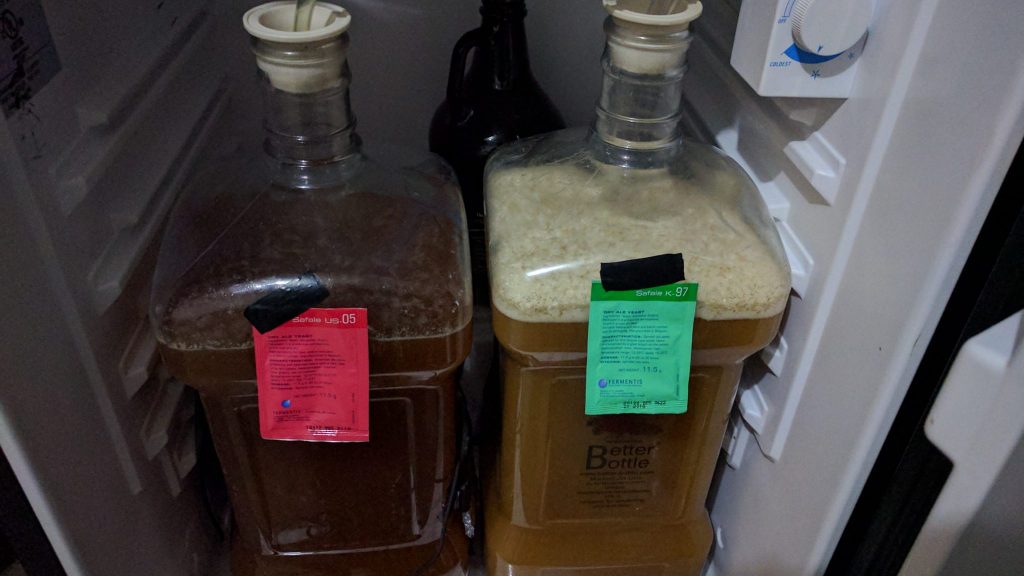
At 10 days into fermentation, fermentation appeared done for both beers so I took hydrometer measurements that showed what appeared to be a potentially negligible 0.001 SG difference.
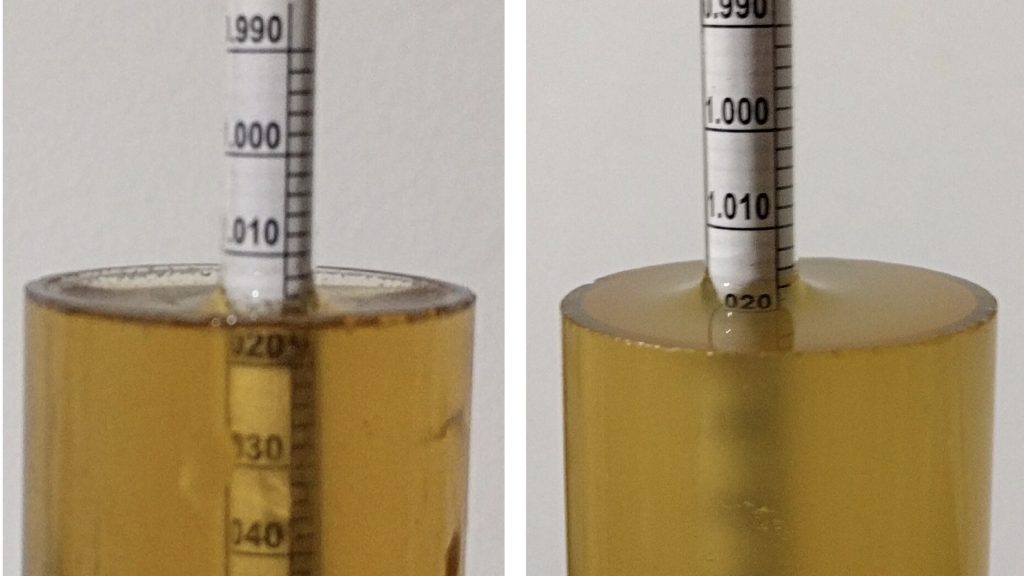
I dry hopped both beers, let them sit at fermentation temperature for another day, then cold crashed overnight and fined with gelatin. After 3 days at 35°F/2°C, I transferred the beers to kegs, which were placed in my cool keezer and burst carbonated.
After 12 hours, I reduced the gas to serving pressure and let the beers condition another week before collecting data, at which point a difference in appearance was immediately noticeable.
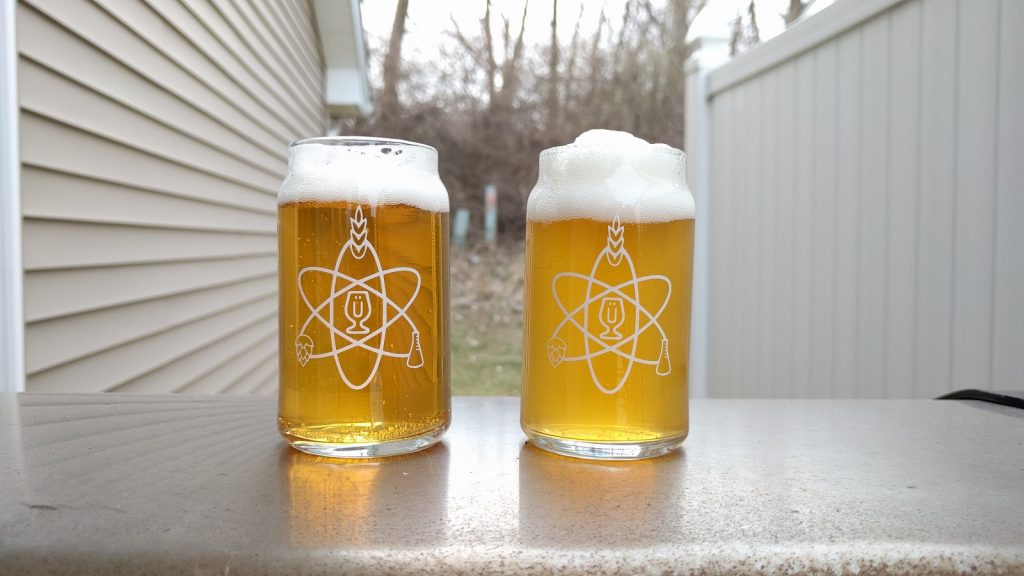
| RESULTS |
A panel of 21 people with varying levels of experience participated in this xBmt. Each taster, blind to the variable being investigated, was served 2 samples of the beer fermented with Safale US-05 and 1 sample of the beer fermented with Safale K-97 in different colored opaque cups then instructed to select the unique sample. While 12 correct selections would have been required to achieve statistical significance, a total of 15 tasters (p<0.05; p=0.0004) chose the different beer, suggesting participants could reliably distinguish a beer fermented with US-05 from one fermented with K-97.
The 15 participants who made the correct selection in the triangle test, still blind to the variable in question, were instructed to compare only the 2 different beers and asked about their preference. In all, 7 tasters reported preferring the US-05 beer, 5 said they liked the K-97 beer more, and 3 had no preference despite noting a difference.
My Impressions: I was easily able to tell these beers apart just by appearance, as the beer fermented with US-05 was much clearer than the K-97 beer. I was also able to identify the unique sample consistently over a series of triangle tests. To my palate, the beer fermented with K-97 was a bit more classically expressive and had a bit more character than the US-05, giving it in edge when it terms of personal preference. I also appreciated how the K-97 held a persistent head and left nice lacing on the glass. However, there was nothing wrong with the US-05 beer, I enjoyed drinking both just fine.
| DISCUSSION |
In my research of the yeasts compared in this xBmt, it seemed most of the people with experience using Safale K-97 felt it was similar enough to Safale US-05 as to be basically interchangeable, hence I was pretty surprised to find participants could reliably distinguish between beers fermented with either strain. Also, I observed many participants making their selection rather quickly, suggesting they were fairly confident in their choice. This coupled with my own experience leaves me with the impression US-05 really is different than K-97, which I guess isn’t terribly shocking.
In follow-up conversations with tasters after they completed the evaluation, I learned that the distinguishing characteristic of the K-97 fermented beer for some was that it seemed “inappropriate” for a Pale Ale, which I’m guessing can be attributed to the subtle unique yeast character it contributes. While preference for either beer was basically split, I’m compelled to believe mine for the beer fermented with K-97 was at least somewhat due to my awareness of the variable, as I’m a big fan of German styles.
A quick note on some reports I’ve read from others claiming K-97 imparts a Hefeweizen-like character– that’s not really how I’d define it. The beer I fermented with it certainly was unique and more characterful than the US-05 fermented beer, but not in a way that would leave me convinced it was a Hefe. Although different, the beer was still clean with a subtle ester character I expect in styles like Kölsch.
While I won’t be going out of my way to keep my fridge stocked with dry yeast, this experience was eye opening and I look forward to using K-97 German Ale yeast in a proper Kölsch or perhaps Altbier in the future to see how it contributes its own unique character!
If you have experience with either of these yeast strains or thoughts about this xBmt, please don’t hesitate to share in the comments section below!
Support Brülosophy In Style!
All designs are available in various colors and sizes on Amazon!
Follow Brülosophy on:
FACEBOOK | TWITTER | INSTAGRAM
If you enjoy this stuff and feel compelled to support Brulosophy.com, please check out the Support Us page for details on how you can very easily do so. Thanks!

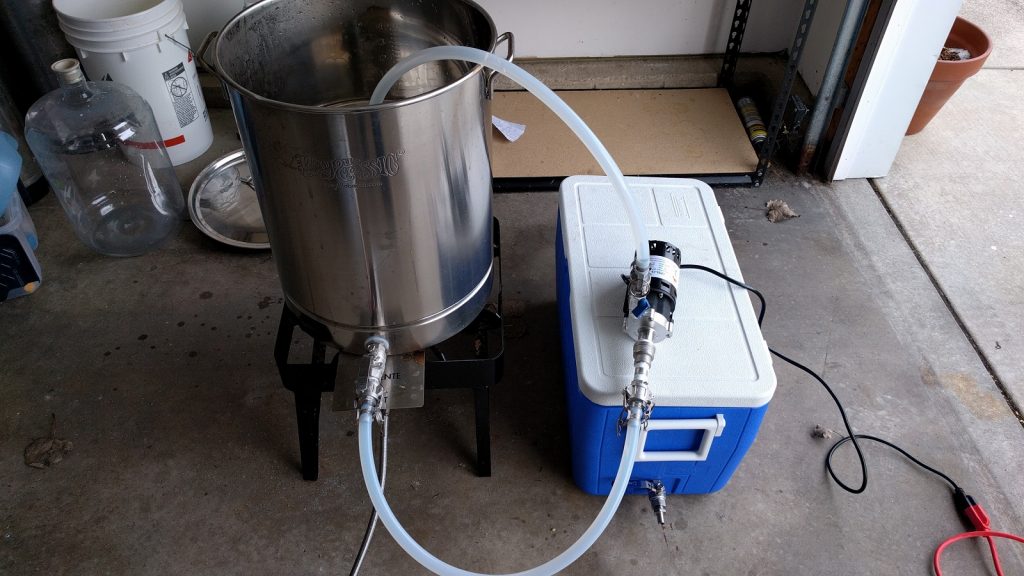
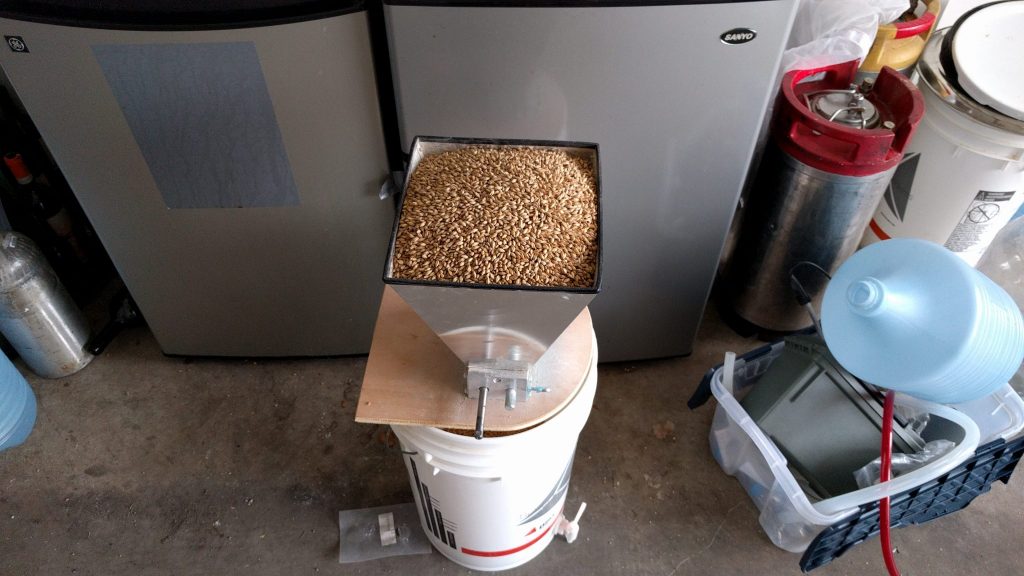
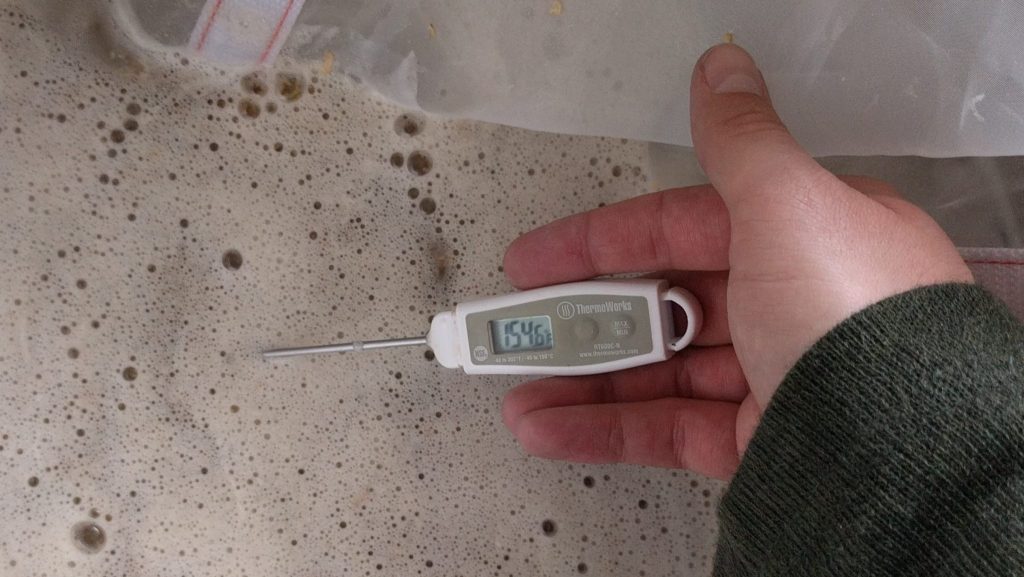
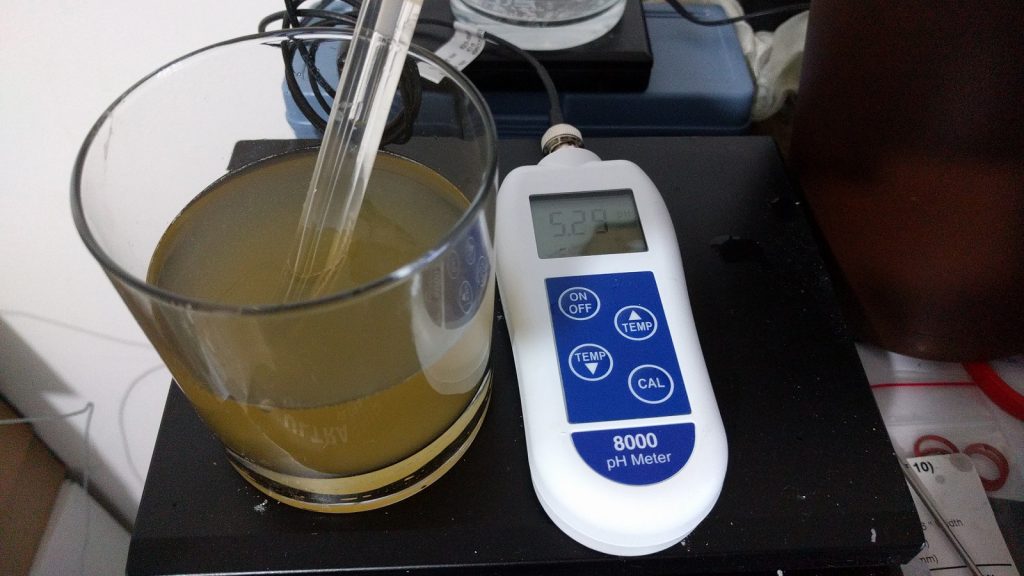
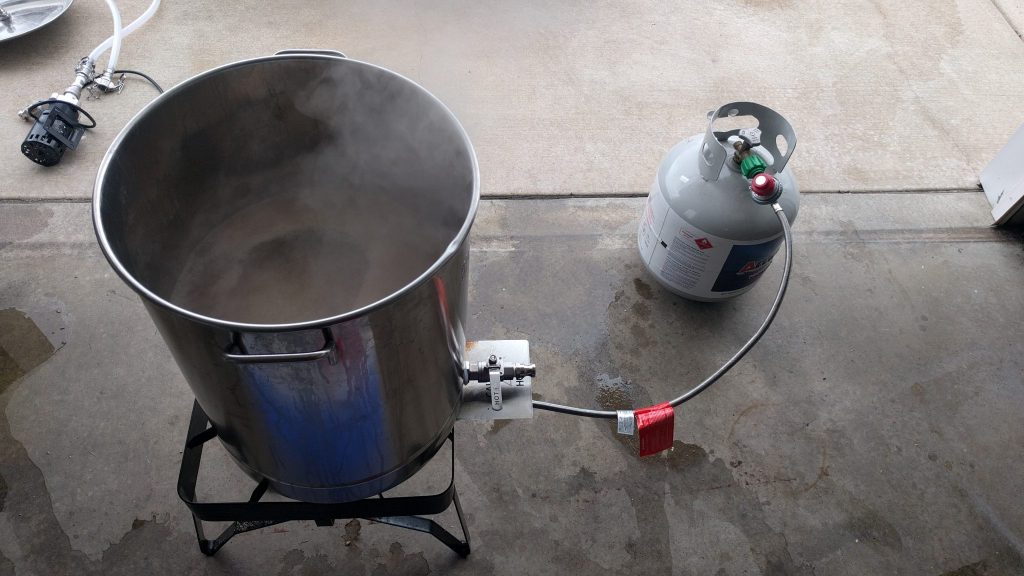
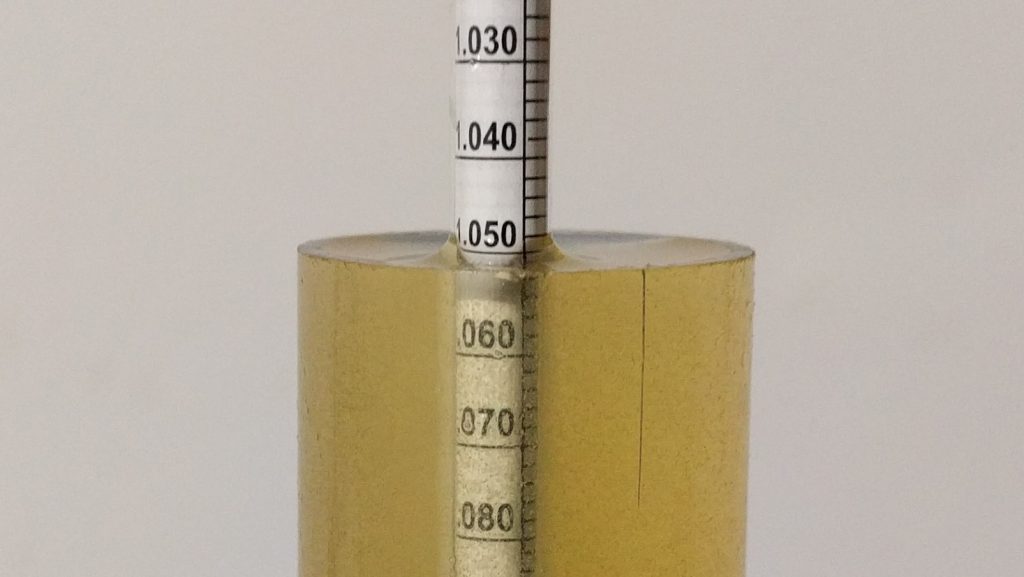
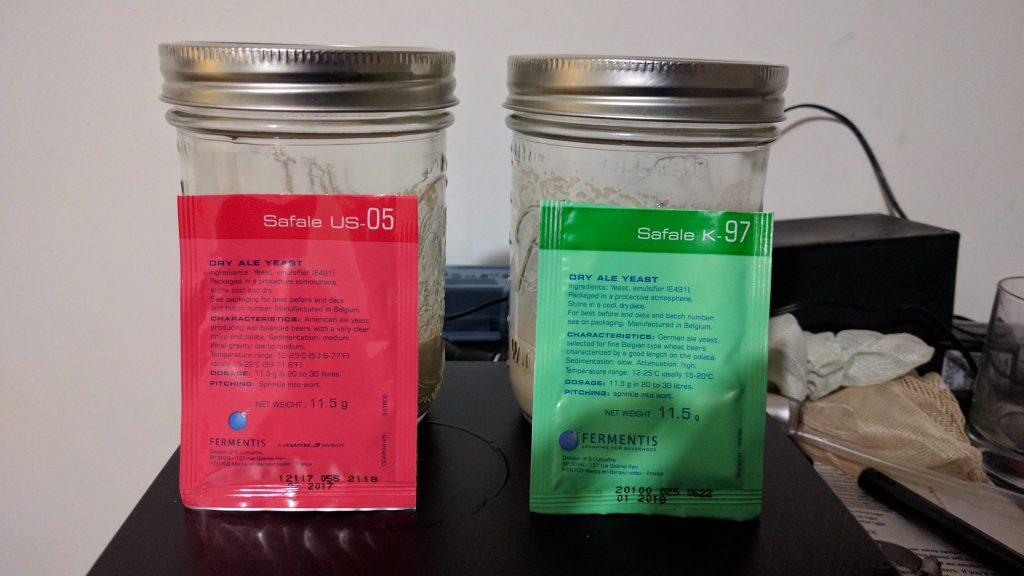










38 thoughts on “exBEERiment | Yeast Comparison: Safale US-05 American Ale vs. Safale K-97 German Ale In An American Pale Ale”
Man, this could not have come at a better time. Planning to brew a couple beers next weekend, one being a Kolsch (first time style for me). Over the last year I have pretty much been a US-05/W34/70 guy, as I hate making starters. Read about people using K-97 for Kolsch, and have been thinking about giving it a go. I’m in for sure now.
One question…you pitched at 64…is that what you fermented at?
Great catch, I did. I think if I were to do this again, or even just be using K-97, I’d ferment at 68F.
Cool. Thanks! Btw…looking forward to your wood aging session at HBC.
Damn, pressure is on now! Thanks dude, come say hi!
Have you considered a comparison between White Labs WPL029 and K-97? I have been using WPL029 to try an perfect a Kolsch mostly. It is not always available easily in my area but I can always get K-97, but have not tried it yet>
We’ll probably get to that at some point, yeah!
K-97 had been my house yeast for over a yeast now. I love the Kraussen layer on top, just won’t go away….not a predictable yeast but lives to ferment at low temps and really cleans up nicely after lagering close to zero degrees for a few days. High attenuation every time, but imparts slight haze when not lagered. Slightly bready at times but not like English ale is, has a bit of funk dank as well. I don’t know why i stopped using Chico yeast and began with this one but i think I’m just a fan of German ales and was so happy to find a really efficient German strain that is almost the same as Chico yeast…. but the best part about it is the lagering aspect and ability to safely open ferment with that yeast cake on top for weeks… anyone can use Chico yeast and make west coast beer so this yeast sort of distinguishes my beer from others. Of course I used to use Pacman yeast for similar reasons then got bored so we’ll see how long i go with it. Cheers!
Question about your equipment: Are you letting that brew bag rest on the bottom or are you using a false bottom? I have the same pot and have been struggling with efficiency I think due to the false bottom. Sorry this is not on topic.
Totally on topic, no worries!
The brew bag sits on a false bottom made for the pot, about 14″ diameter I believe. I re-circulate, crush pretty fine, and don’t have too aggressive a boil, my brew-house efficiency usually floats around 70%. How is your crush?
IMO, a lower homebrew efficiency isn’t too big a deal. We don’t deal with the volumes that breweries do, so a buck or two here and there aren’t as big a deal on a batch to batch basis.
100% agree. I follow the same method as you but without the brew bag. When I started using that pot with the false bottom as a mash tun, my efficiency tanked to 50%. That is too low to ignore. What I have been questioning is the amount of water that sits below the false bottom before recirculation. There is a lot of “dead space” there due to how high the false bottom sits.
What I am going to try next is to speed up recirculation flow to see if that helps. FYI, when I use a basic cooler mash tun my efficiency is around 75%, so it is definitely the Bayou pot.
On the point of efficiency, I use a quick decoction and have noticed a massive increase in efficiency, achieving levels of as much as 80 – 90 percent, although that is not always the case, but, in general, it certainly seems to significantly raise the %.
Hey J, I use this as my false bottom. SS and more open to allow liquor to flow. They have a bunch of sizes to fit posts. https://www.amazon.com/gp/product/B01MS507Z1/ref=oh_aui_detailpage_o00_s00?ie=UTF8&psc=1
To me it looks like there is a significant difference in final gravity and the numbers reported are at the top of the meniscus not the bottom. The -05 appears to be 1.015 and the K-97 1.018. A finishing hydrometer would provide more accuracy.
Malcolm has been trying to help me with my picture game, which is obviously less than exceptional. Fantastic note on the finishing hydrometer, I’ve got one ordered! That will definitely make things more clear in the future.
What about an exBeeriment to compare liquid Kolsch Yeast and K-97? I made It and they are quite different. Kolsch Yeast (wyeast) is more neutral and have that typical pear fruitness.
I plan to brew a Pale Ale with K-97 soon. What would be your recommendation? Was your pale ale good or do you think it was too out of style? Also, could you give us a more detailed aroma and flavor write up for this particular beer?
Thanks
I use k97 in my kettle sour. It performs very well in a low pH environement. And suits very well to both berliner weisse or gose.
Phil B.
Is this part of a hop experiment? What hop is ‘Bru-1’? just a thought or am I missing something.
What yeast strain would you say K-97 most closely resembles? I just brewed my first kolsch with wlp029 and it turned out great. Not sure how much the yeast contributed to the final taste though but I’d definitely use it again. Any similarities?
In my opinion like WLP Dusseldorf Alt yeast, almost identical.
Would K-97 suit a Kolsch?
Hey Matt, great exBeeriment. I started using K-97 in an Amber and it fermented around 68F. It definitely had a unique flavor to it which I characterized as “Belgiany”. Not quite what I was going for with the style. I brewed it a few more times with the same result. I was beginning to think I had a sanitation issue when a member of my LHBC mentioned the same thing while brewing a beer with it. His fermentation temp was similar to mine. Perhaps I’ll try fermenting this strain a little cooler (64) and see if I get cleaner results. On a side note, after about 3 months the K-97 amber began tasting more and more like an Altbier. It actually turned out pretty good!
Thanks again and nice work!
General question about comparing yeasts … Each yeast has an ideal temperature range. So when you compare two different yeasts, would it be better to ferment each at it’s ideal temperature? If you ferment each at the same temperature, picking that temperature becomes pretty important and could influence outcome if you pick a temperature that is ideal for one yeast and not ideal for the other.
Do you guys have a standard protocol to deal with this?
As if you guys don’t have enough suggestions for exbeeriments I’ll add another. It would be cool to do a yeast series like you do with the hops. Only actually use two of the similar strains from competing brands and see if they can be distinguished. I know there are a couple experiments that this has been done, but I would like to see it employed to style. Like Kolsch v Kolsch in a beer that is appropriately designed as a Kolsch. Then one of the questions in the survey could be which style category the beer fits in. To me the taste preference in this particular experiment isn’t very meaningful since Kolsch yeast was used in a pale ale.
I have been using K97 for a while now to make both light and dark hop-forward ales (and a couple experiments with wheat). try an ale with 10-20% wheat, traditionally using a reserved dose of noble hops. I have found that some fruity american hops (amarillo in particular) are also well suited to this yeast.
The beers do clear out (I use bottles) after prolonged aging at fridge temperatures and it transforms the character of the beer. In germany these beers are aged at 0C for 6 weeks (despite being an ale) before kegging.
What would be best if I can’t get my hands an a proper yeast and I want to make a wheat style beer, US-05 or K-97?
in a total ester comparison, K97 actually has less at 23 versus 40 for S05. Same with regard to superior alcohols 248 vs 269. On the data alone I’d suspect the K97 to be more neutral. But less esters doesn’t necessarily mean less impression since the esters produced are not defined. Ethyl acetate will just come off as solvent like, but butyl acetate will give something more like banana and be detectable at much lower levels. I get some apple and pear from K-97, and in a good way I might add. But wouldn’t use this in a hop forward beer.
I live in Venezuela. Dry yeast only. I am thinking of doing a New England IPA and looking for a good dry yeast for that. Now, since I am here and there is nothing on the shelves of the bodegones, I have to brew all the trendy beers I read about by you gringos.
So given the latest fad of NEIPAs: I was thinking K97 because of the nice haze and how it might potentially act with some wheat or oatmeal in the grain bill. I read of somebody else using 04, so that might be a better option. However this article makes me want to give k97 a try.
Let me know what you all think, as well as if this NEIPA is just a trend or what??? But always got to keep up with something new to give brewers here something new to talk about.
I do like all the late hops eddition and maybe adding more calcium cloride to my water than my usual 63g of gypsum (stuck using RO cuz water here soooo bad, got ear infection a month ago from this crap) to drive up some maltiness.
In an upcoming brew I will be comparing these two yeasts in a cream ale. I started using cream ale as a template for different experiments. I figured it provides a pretty naked backdrop to allow subtle differences to have their best chance of being noticed. My first experiment compared two row and six row malts. At different times I thought I could taste a difference bit could not consistently establish a preference. The beers were really close, and confirmation bias cannot be ruled out.
Curious if you have had any diacetyl issues with K-97 being on the low side of fermentation temp. O5 seems to plague me with diacetyl issues requiring a rest.
We just finished a batch of Kolsch done with the K-97 yeast. Our Kolsch has previously brought home awards with a more neutral yeast, but I really like the subtle flavor enhancement- it’s just a little bit better now. One thing, though, the K-97 does leave suspended yeast haze. This is in no-way objectionable except it’s not really part of the normal Kolsch style. And I think it will be an excellent yeast for a NEIPA. We’re a Small 5 bbl commercial brewery.
I sorted all exbeeriments by “P-value” and this was among the most comclusive of all tests.
I noticed a very high percentage of insignificant P-values.
So I am wondering two things.
1. In this case, I could pass the triangle test from here based on appearance. Absolutely no palate required.
2. Should threshold P-value be raised to account for the percentage of tasters with poor palates?
1. The beers are always served in opaque cups so participants don’t rely on appearance to make their decision.
2. We’re sticking with p<0.05 because that's pretty standard in the industry... but readers can adapt the results however they see fit :)
Oh yes, I missed that. My mistake.
Thanks for all the hard work! great site!
I’ve tried about 7 or 8 different yeast over the years. And in my ales I really like the way the saf ale flavors the beers. Especially the Blue pack English yeast. Even in American pale ales. But I have gotten where I don’t use a starter anymore. And use the us in the hoppy golden beers. And the English in the malty dark beers. And I just like it. Cheap and simple as well.
I used it for a citrous wheat beer, along with Amarillo and Mandarina Bavaria, canned mandarins and zest from clementines and lime. Quite dry, like the mixed fruit juice might be – very delicious.
I fermented that in low ’60s over 3 weeks including 2 week dry hop of the Mandarina Bavaria.
Ok not sure if this is an outlier but had two batches with K97 (a pale and a Kölsch) both came out sulfury. The Kölsch not dry hopped was way more sulfury and it lightened but persisted throughout the time on tap. Dry hops in the pale seemed to mask it better but in the ferm chamber holy sulfur bomb!!! Given 0 comments on this I can’t help but think it was something I did but it’s the only yeast that’s done that to me and I frequently use its sister strain Dieter from imperial without even a hint of sulfur. What gives?!!